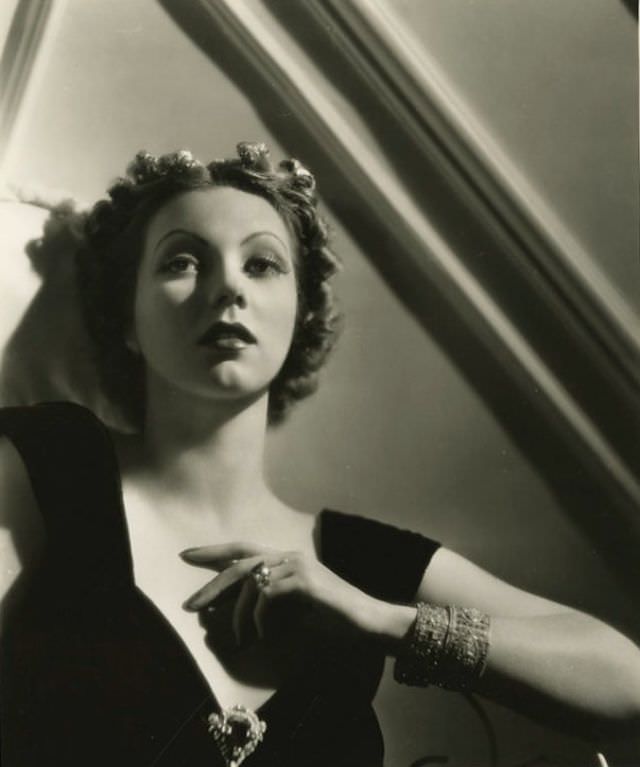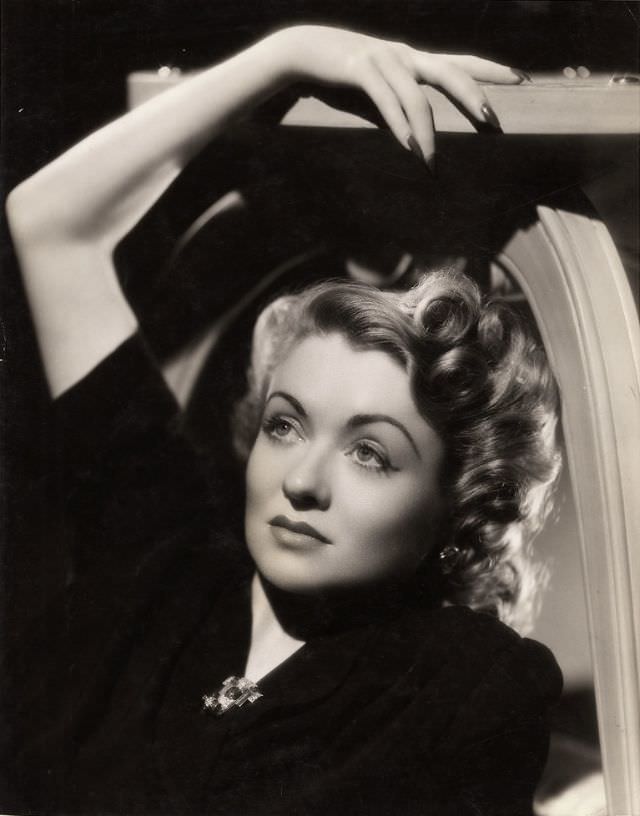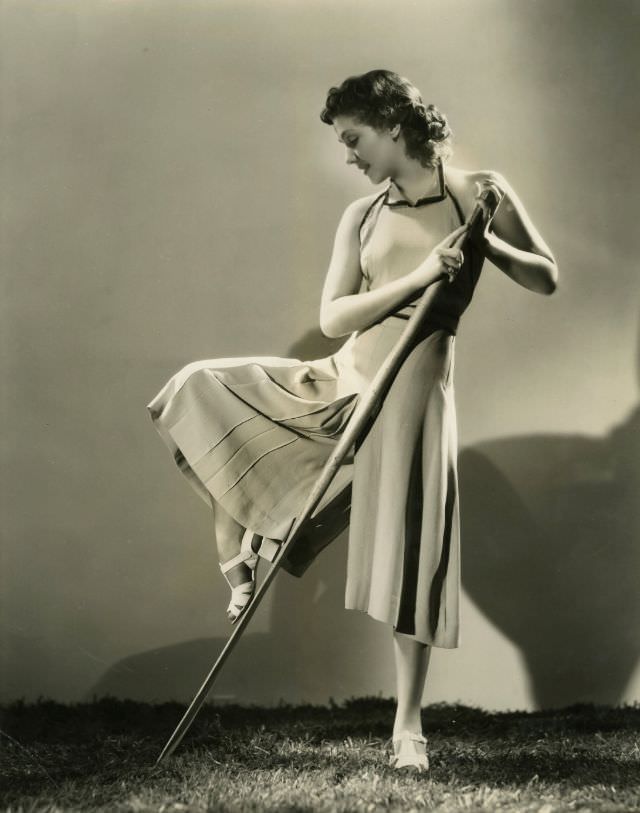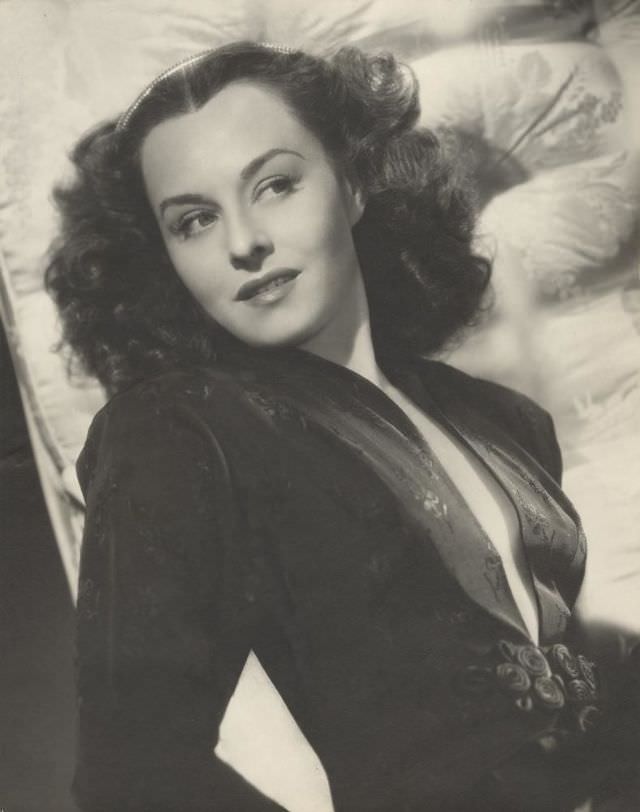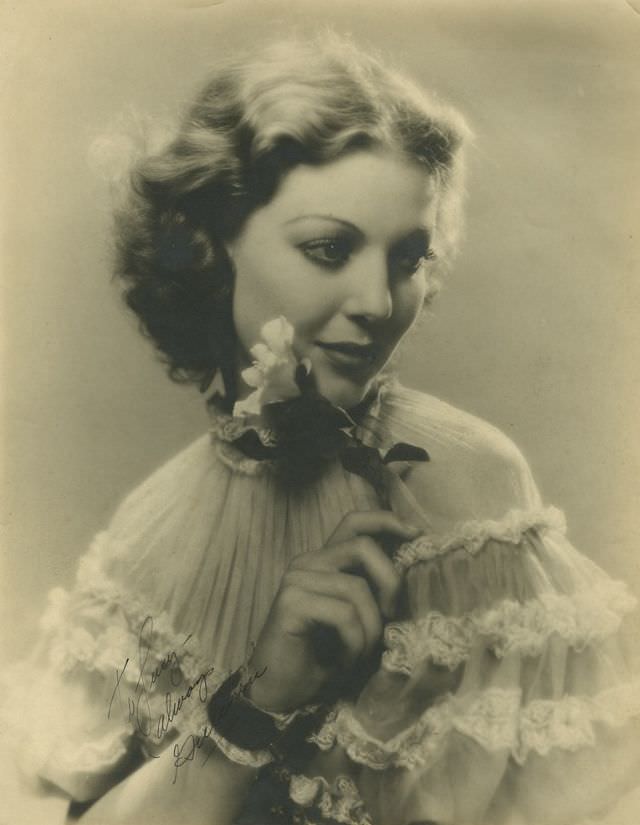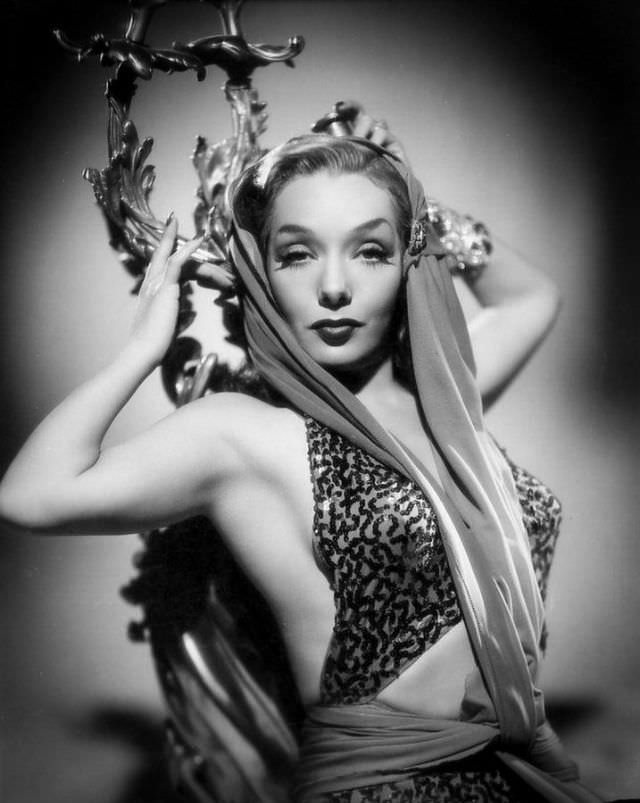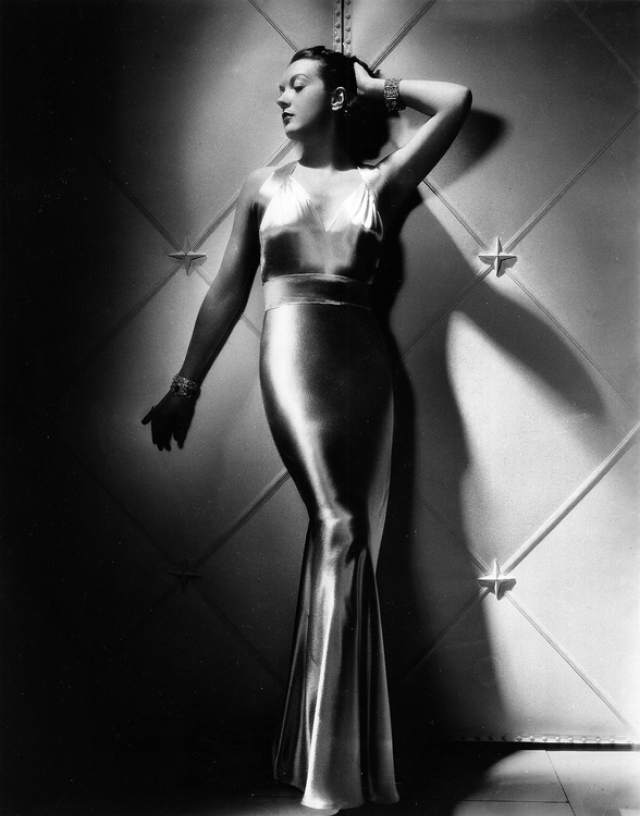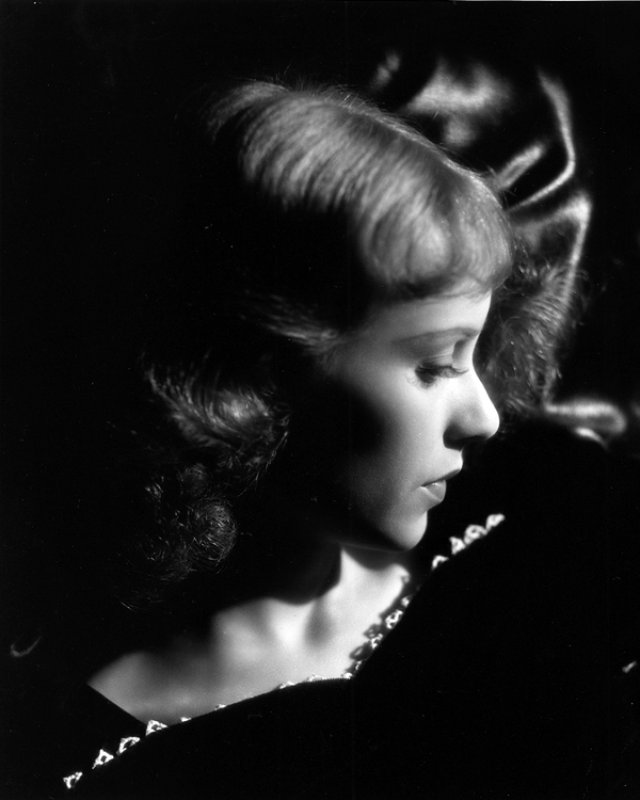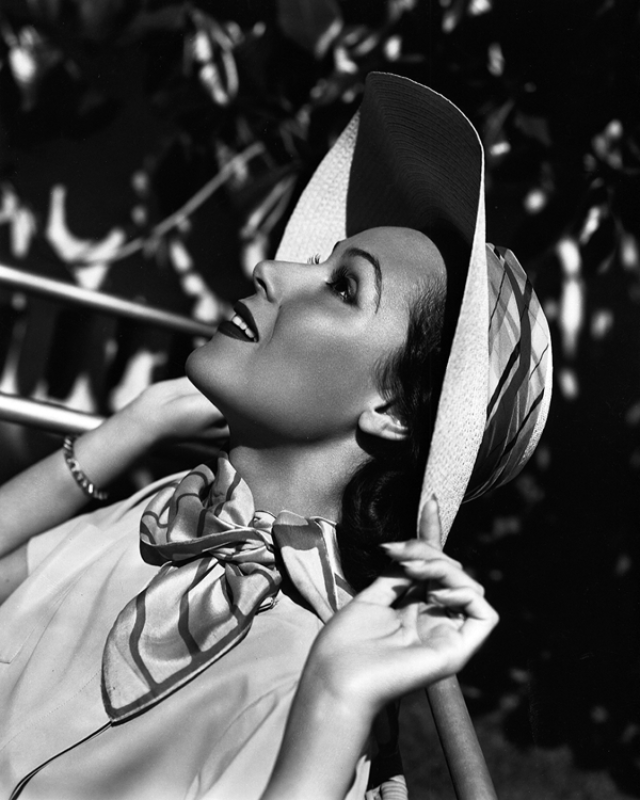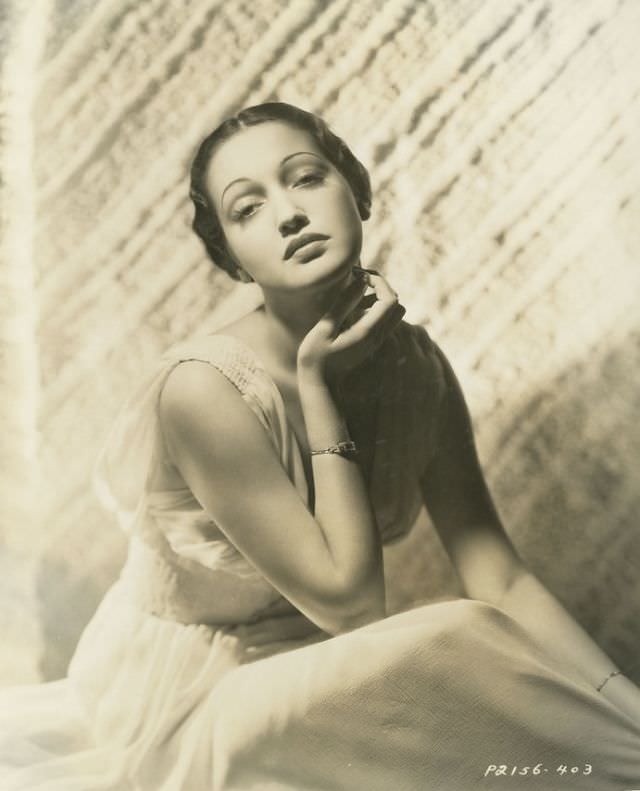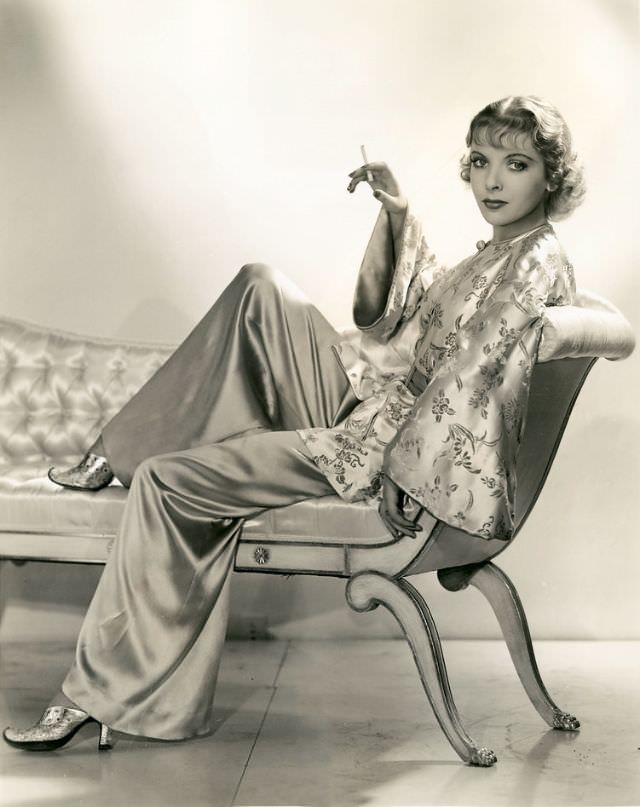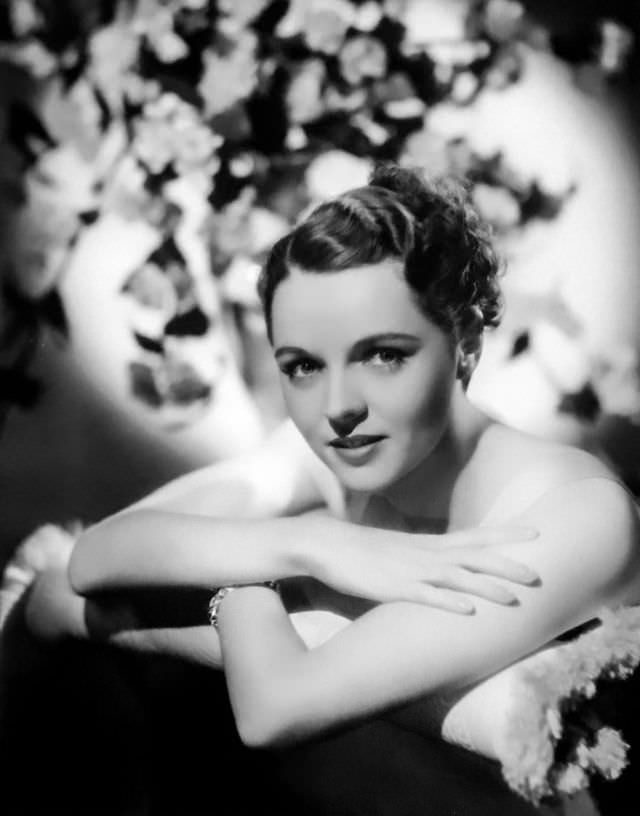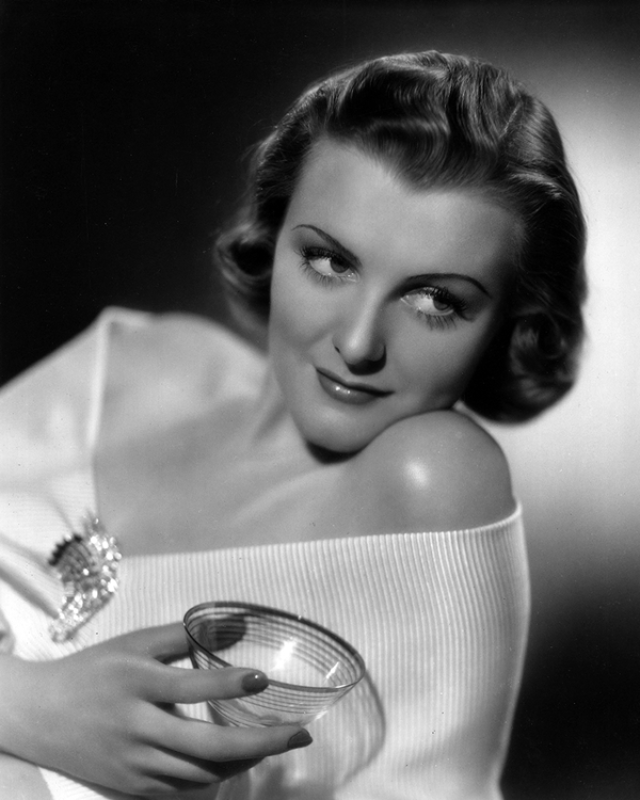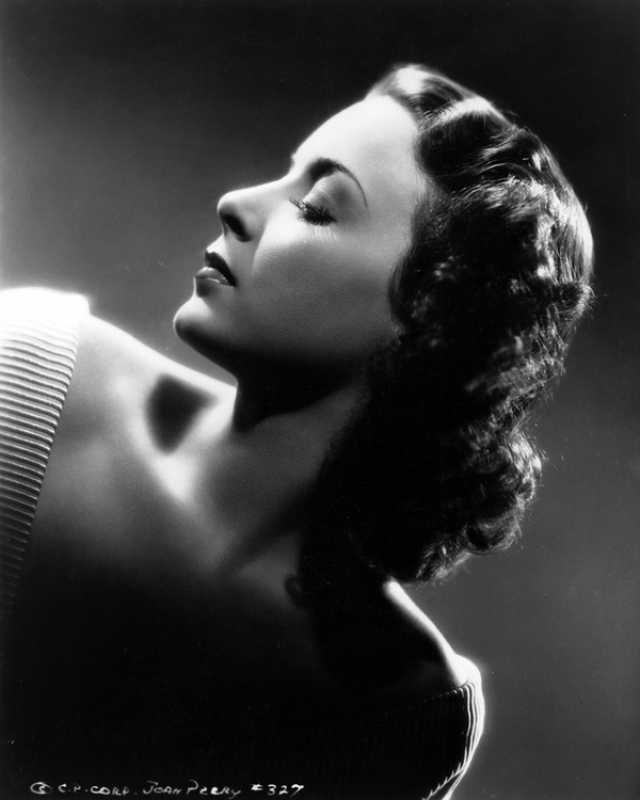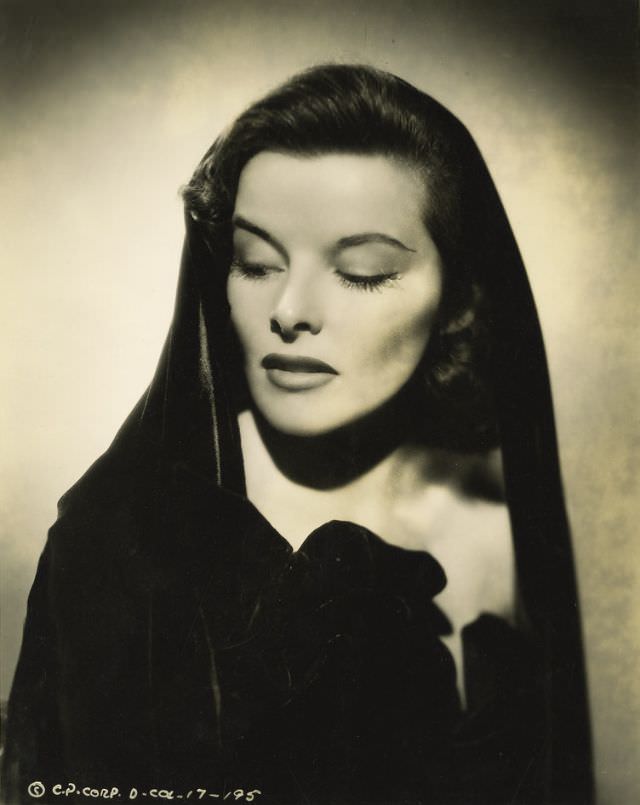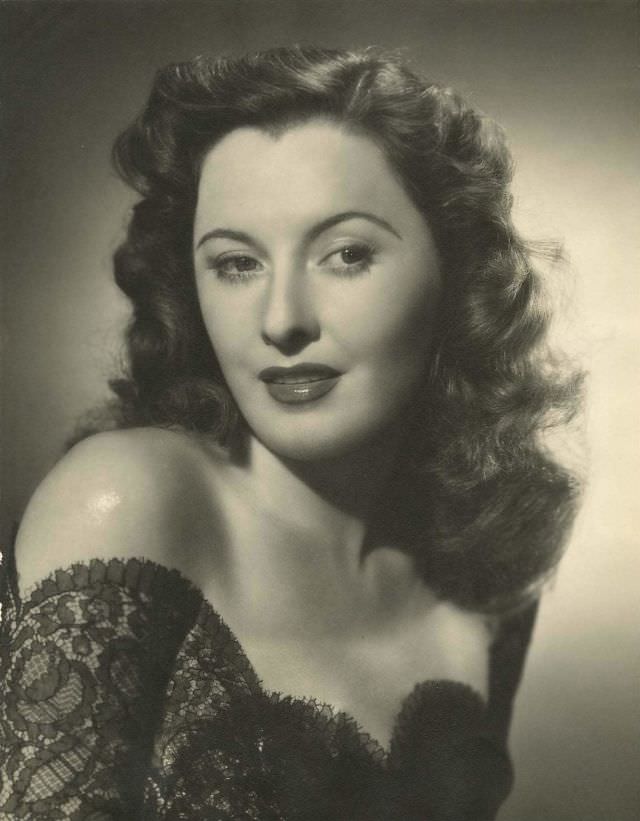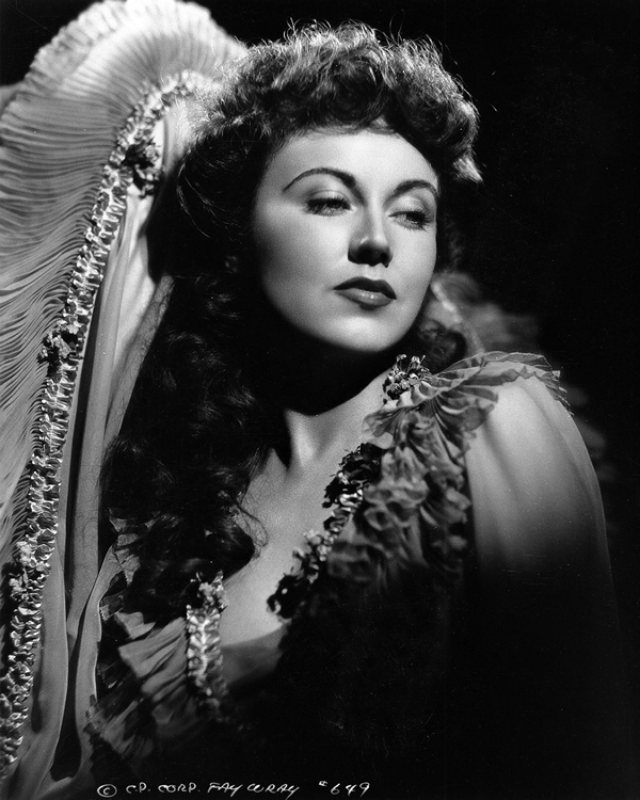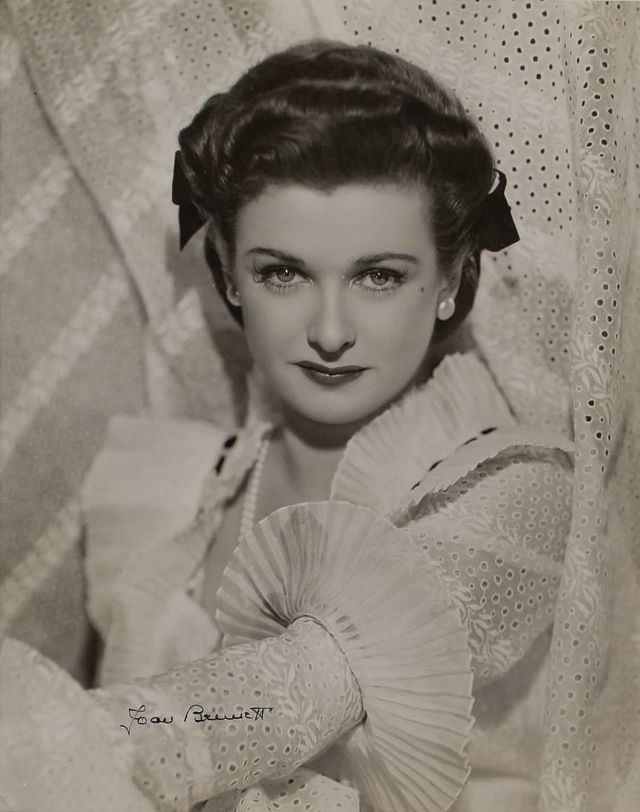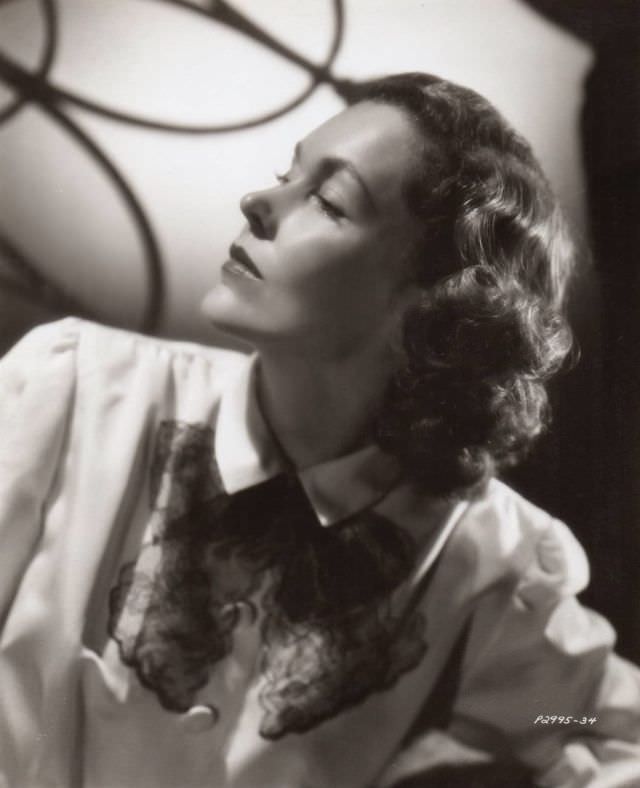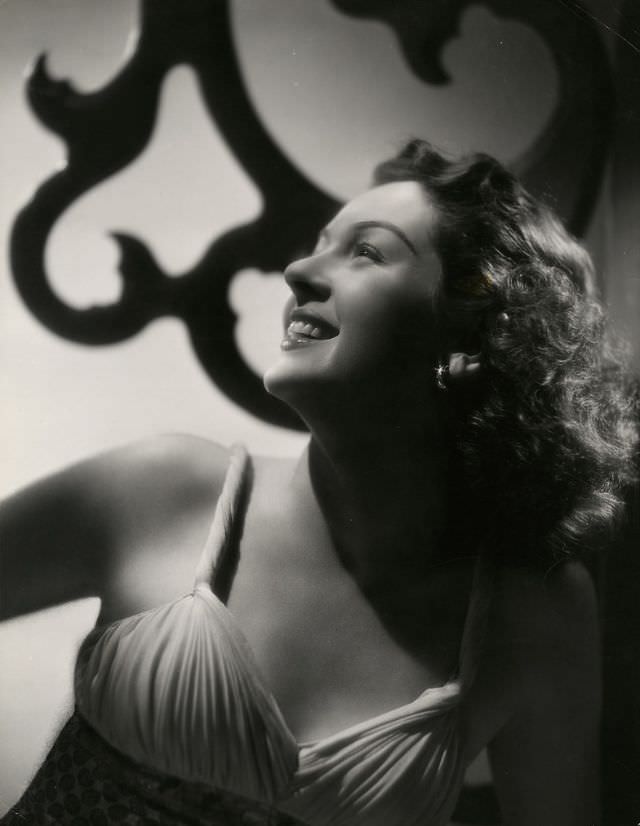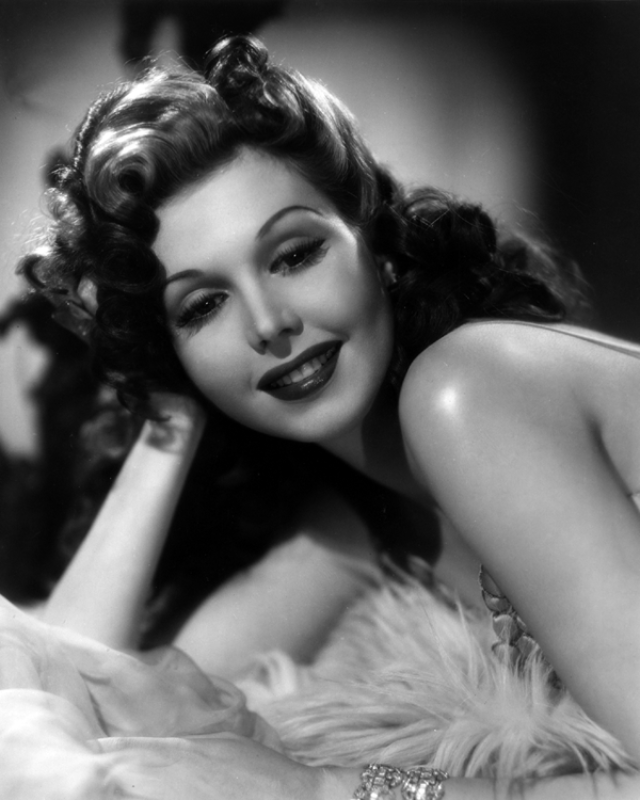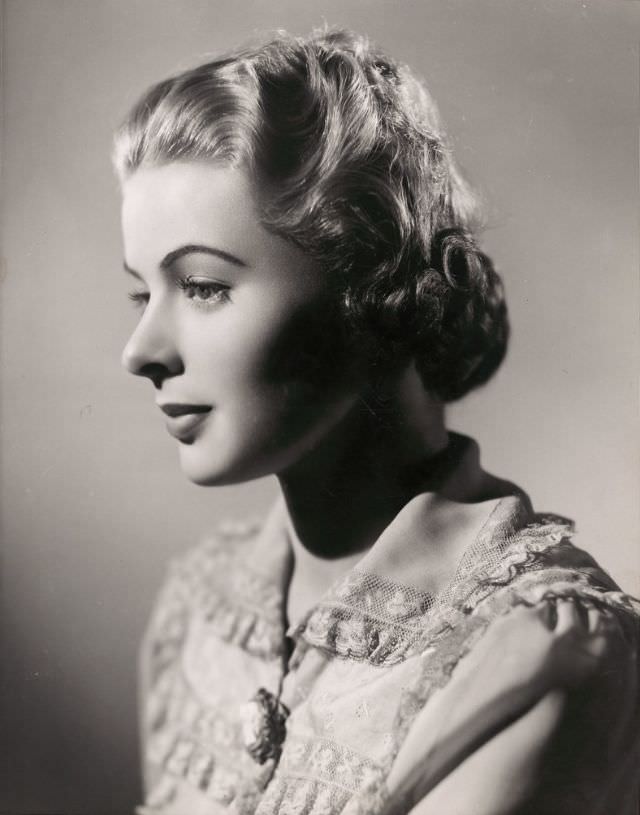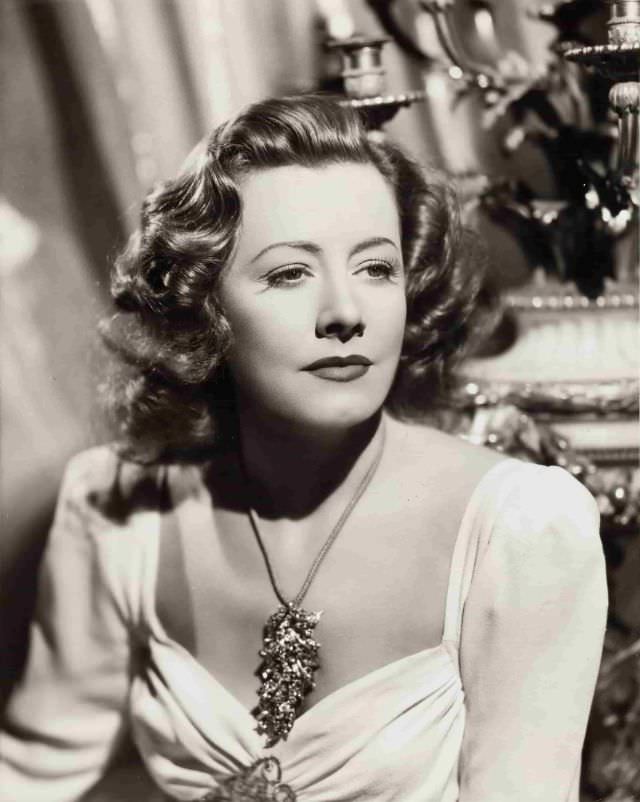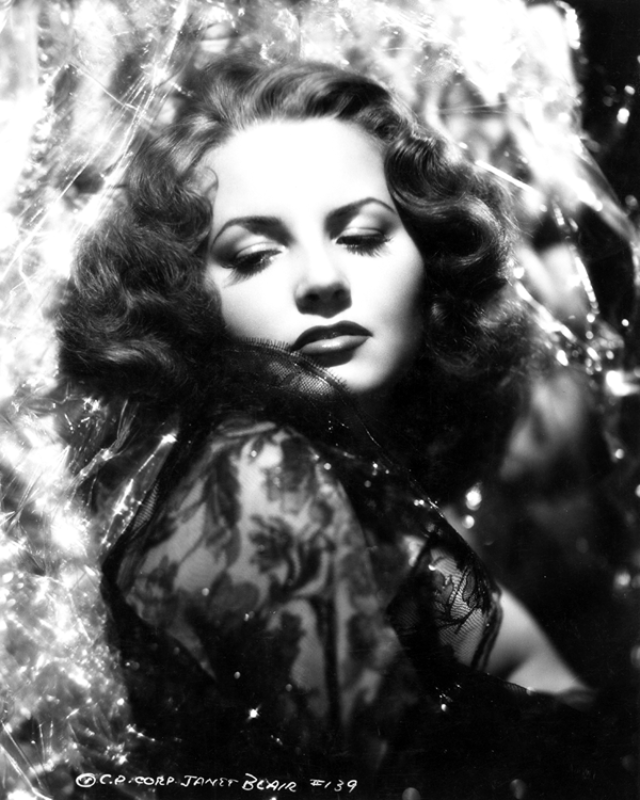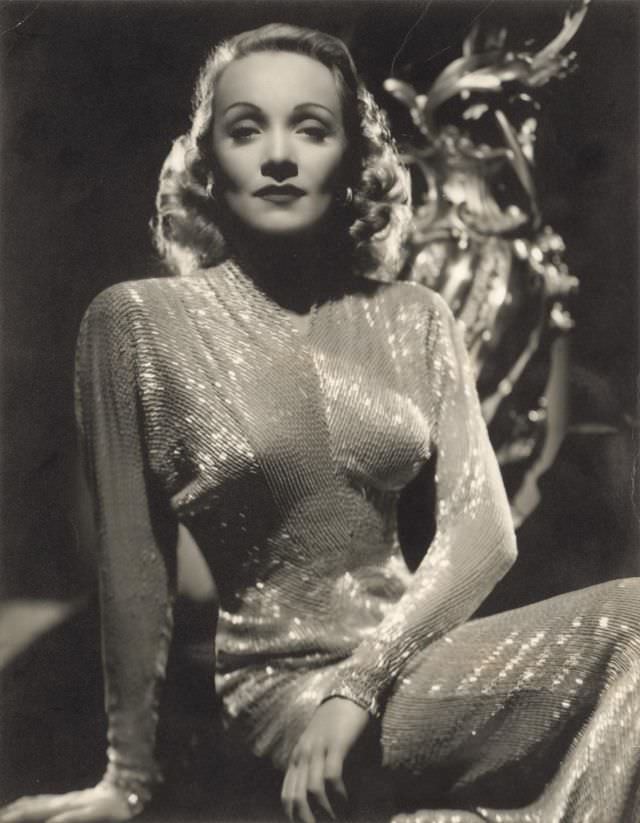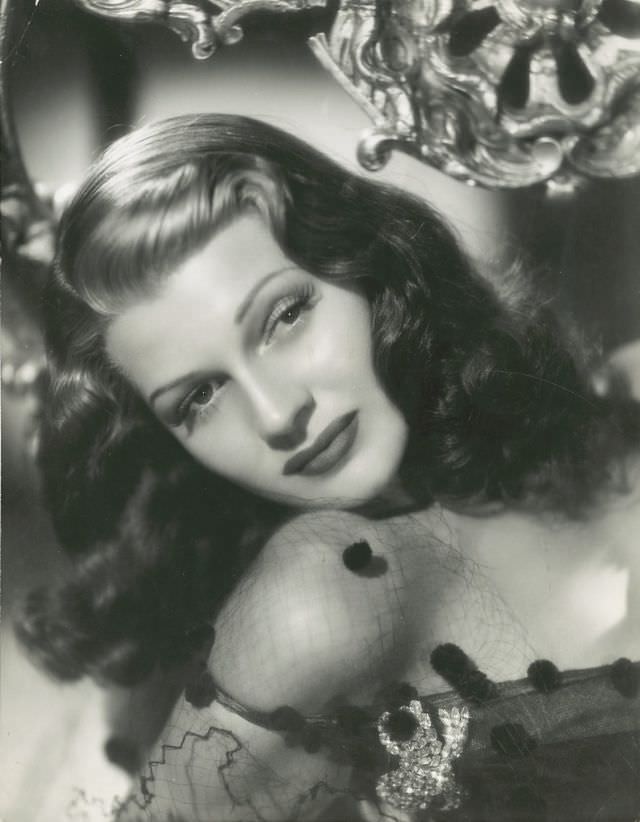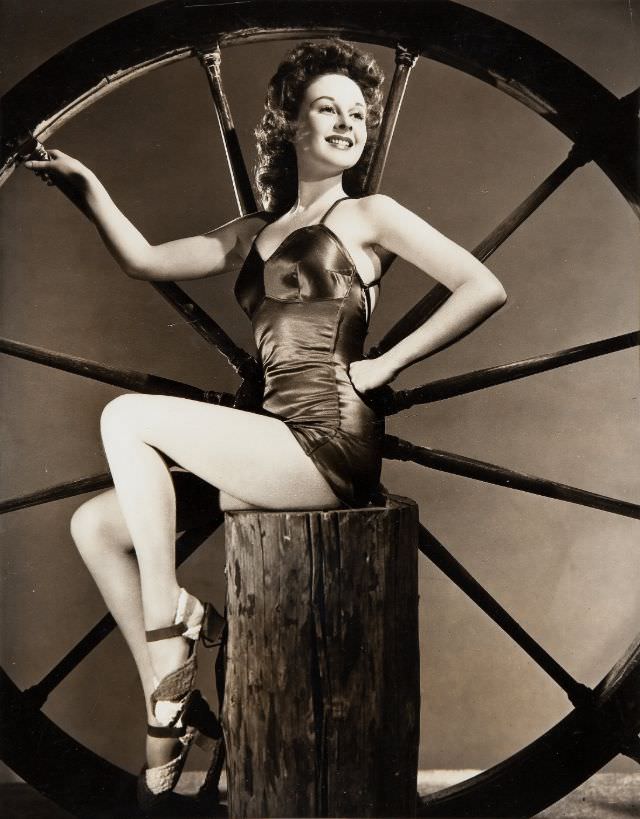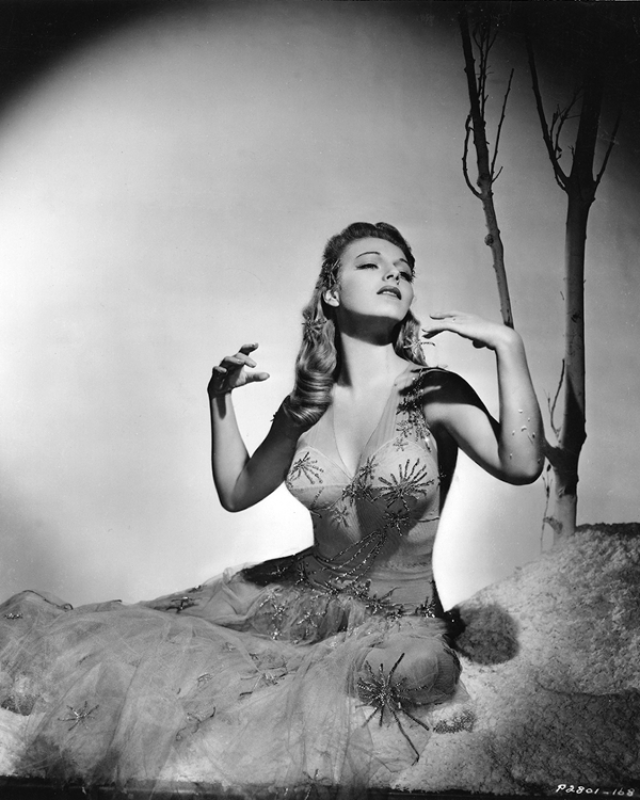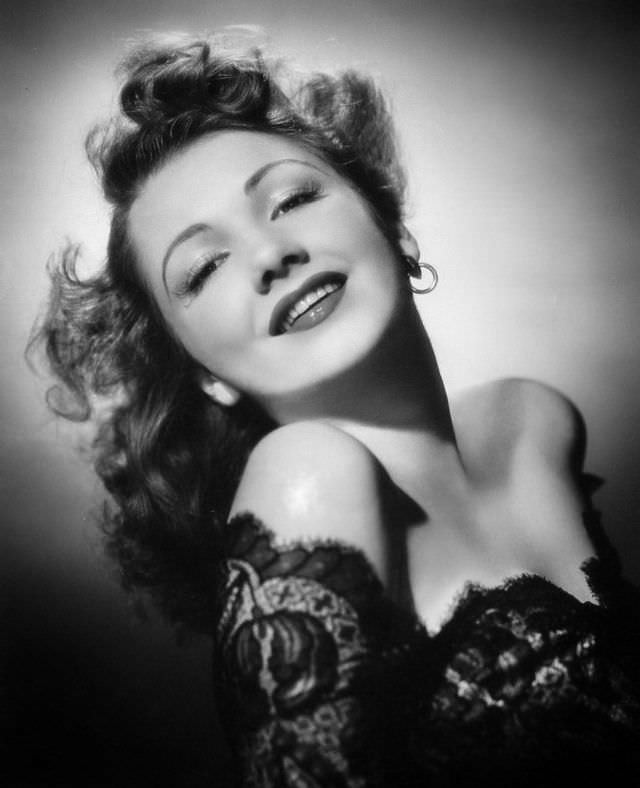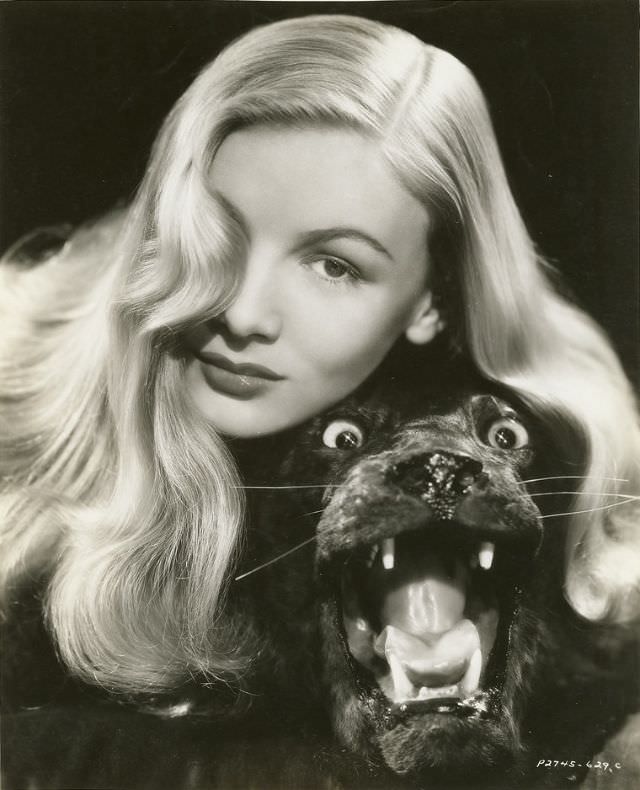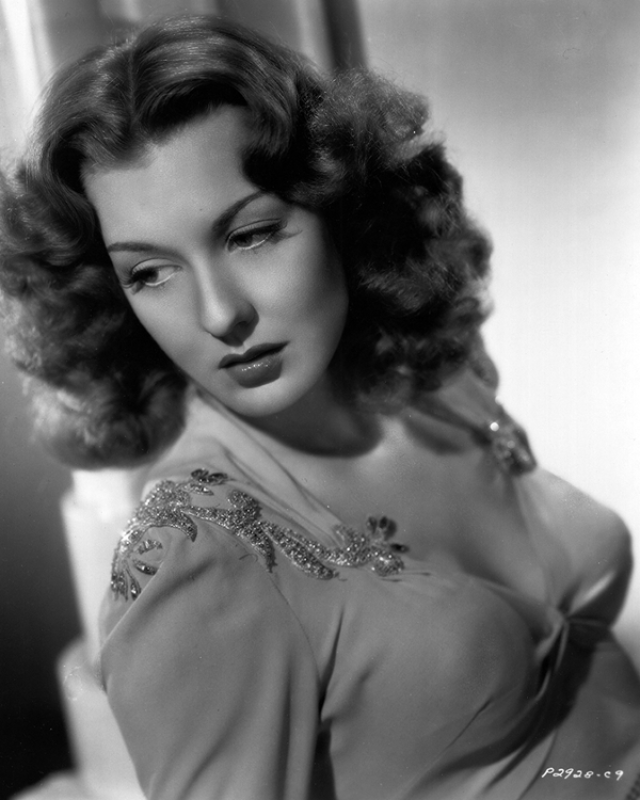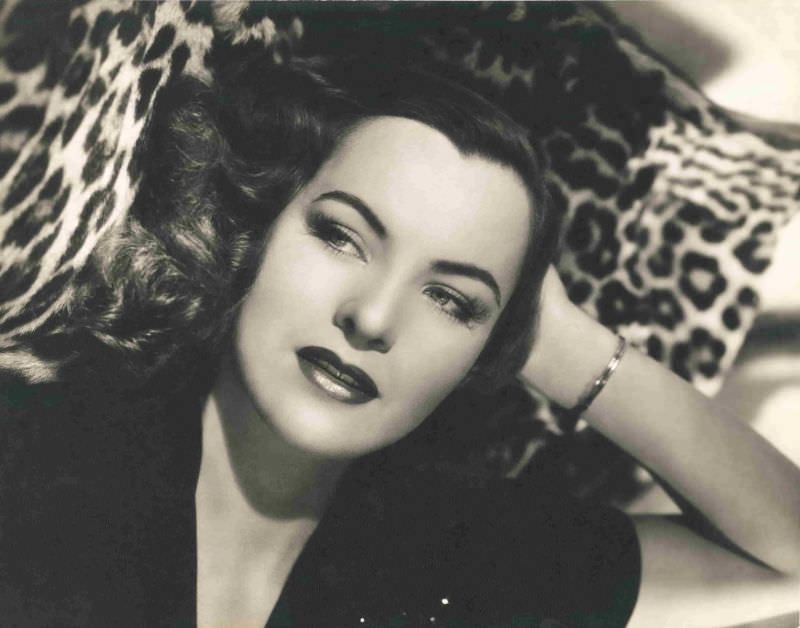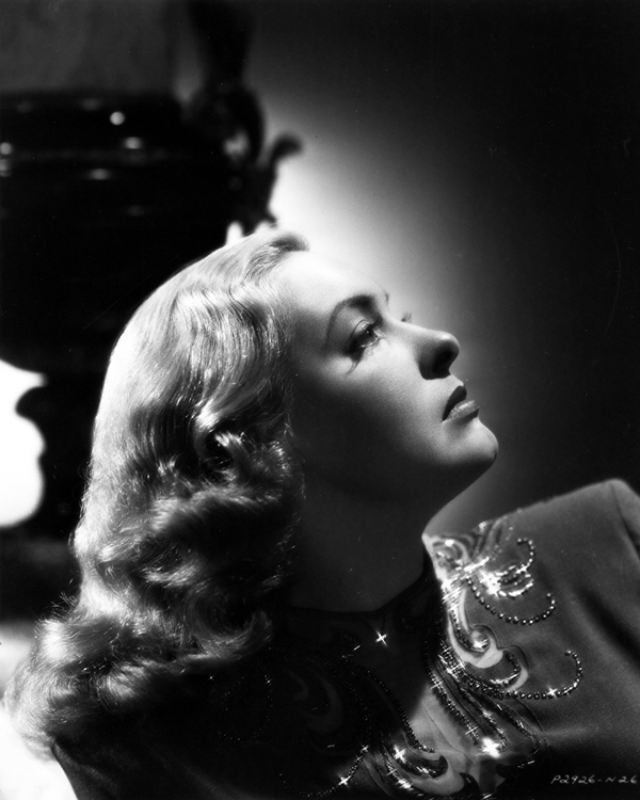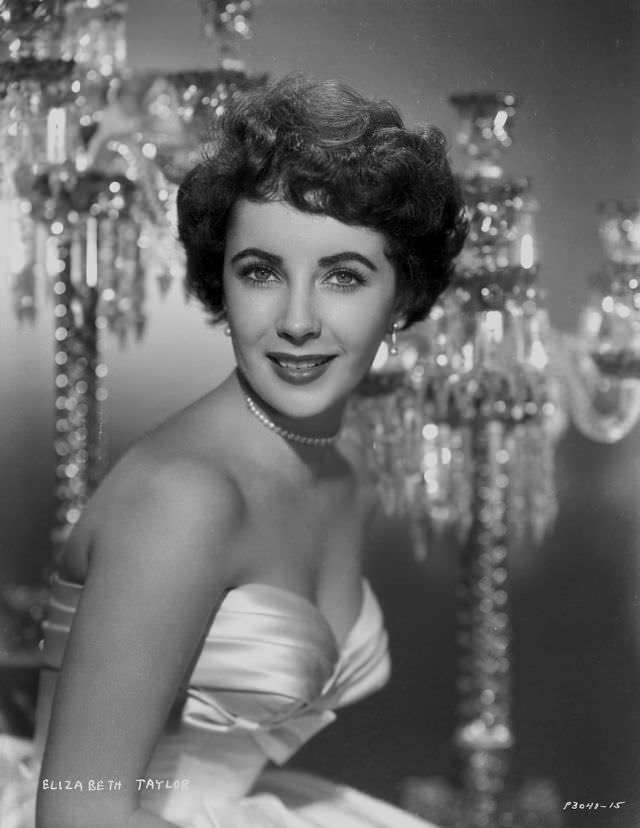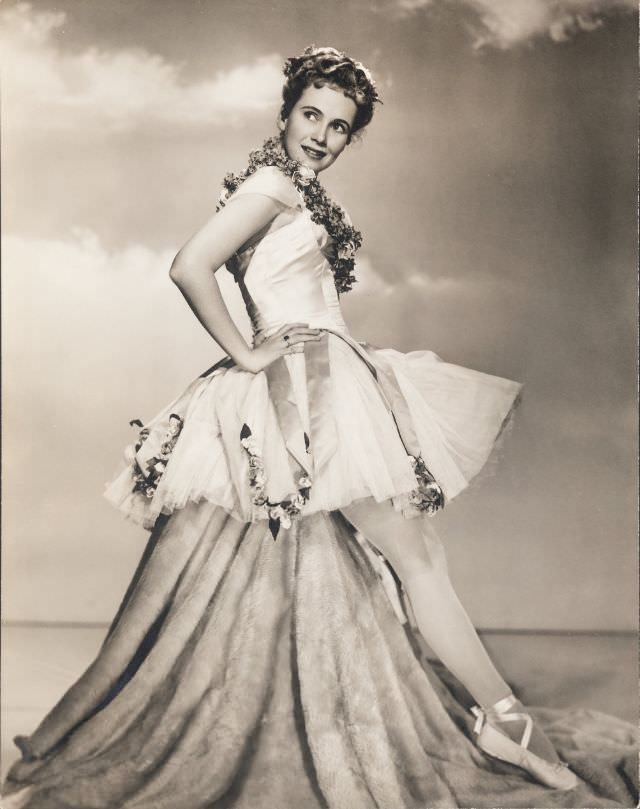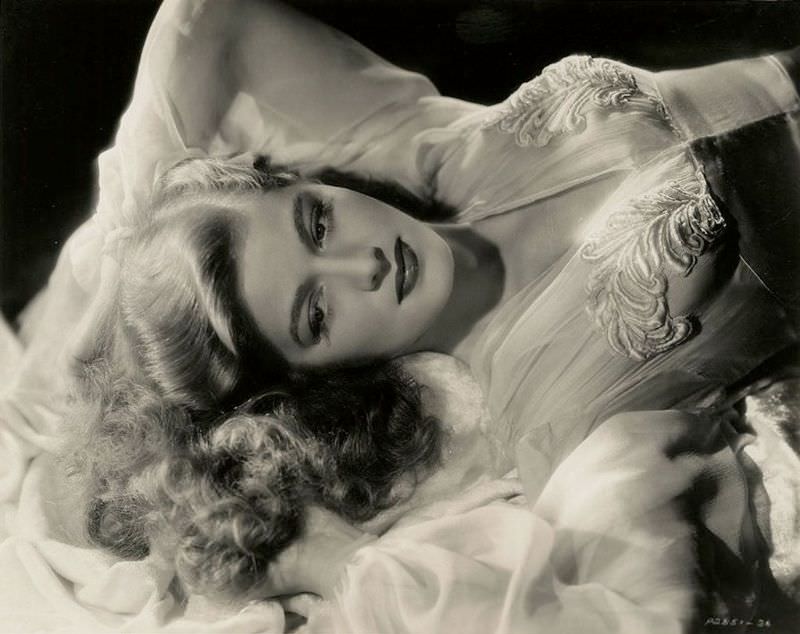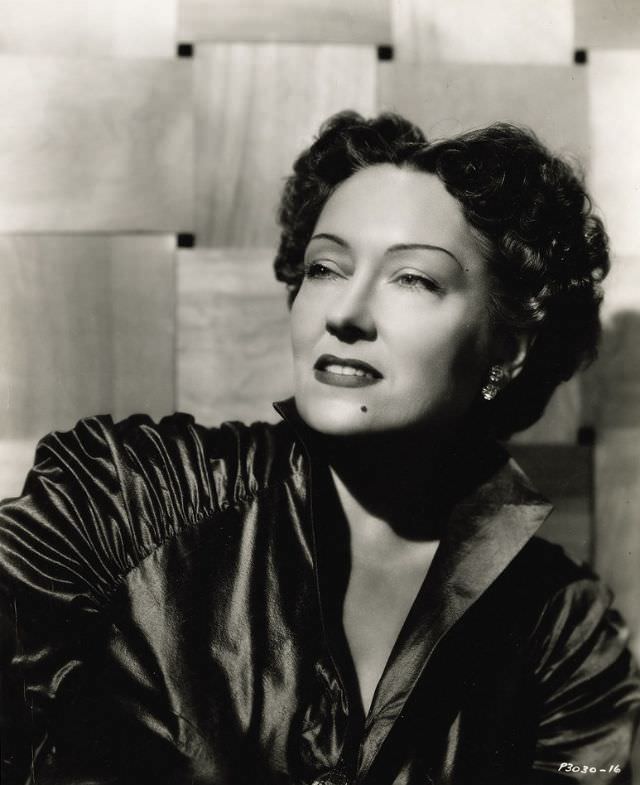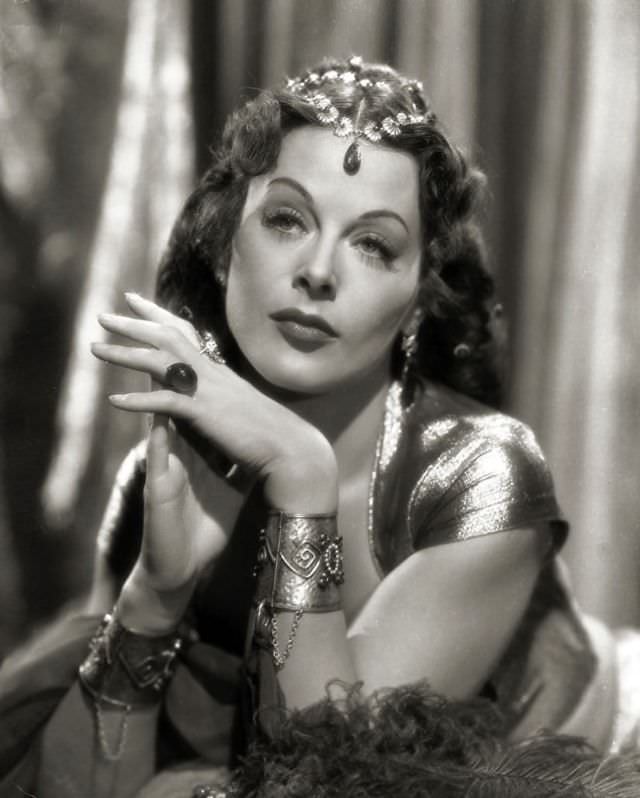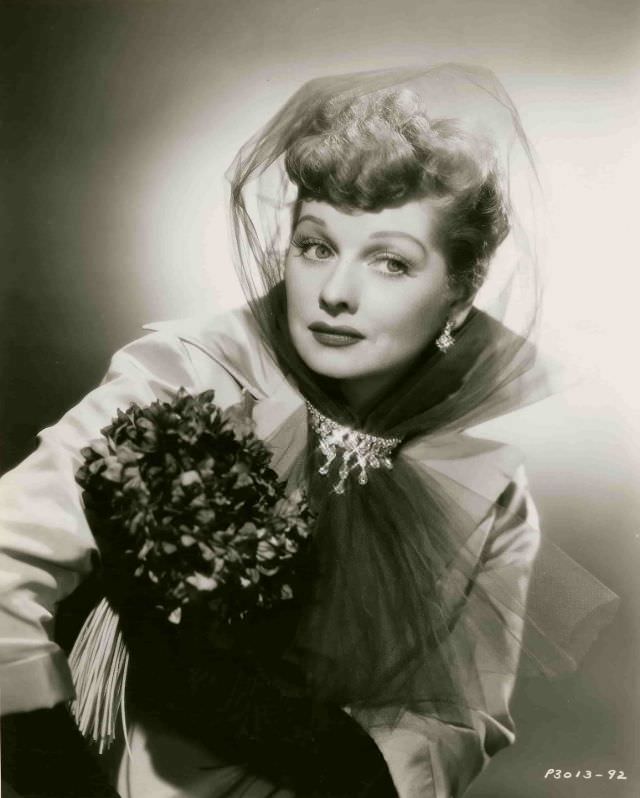Adolph L. Schafer was a talented American photographer and Portraitist. He was born in Salt Lake City in 1902 and moved with his family to Hollywood in the mid-teens. The Chicago school offered him an art scholarship after he graduated from high school, but he could not accept it due to a lack of funds. In 1921, he joined Famous Players-Lasky, where he processed stills. His nickname, “Whitey,” probably developed somewhere along the line, but he probably acquired it as a boy since he had a name like Adolph.
For more than 30 years, Schafer worked at film studios as a lenser. In the 1930s and 1940s, he became one of the most famous photographers. He led two studios’ portrait galleries, won awards, and shared his talent with amateurs. Schafer published a book in 1941 that argued ‘portraiture’s purpose is the realization of character realistically. This book described his approach and techniques in great detail. He wrote articles for several magazines to promote the book, including Popular Science in 1943 and Popular Photography in 1948. He suggested improving pictures, including employing background patterns, looking for lines of contrast, varying the heights and directions of group poses and having the subjects look away from the lens as the camera is tilted. Schafer succeeded Richee as Paramount Studios’ stills photographer in 1941, focusing on more conventional and subdued photography instead of Richee’s more inventive lighting and sophistication. Additionally, he experimented with technology, designing a specially balanced tripod and speed lamp and patenting a color camera. After a successful career as a studio photographer, Schafer moved his wife, Beulah, and son Wayne into a 10-room home in North Hollywood, drove a flashy convertible and opened an outside photography store.
Schafer and his wife were visiting his friend in Bremerton, Wash., in late August 1951, when tragedy struck. The Los Angeles Times reported that Schafer was in the process of lighting a stove on the 42-foot yacht when it sank and exploded two miles away on Aug. 26, 1951. Four others were injured. Schafer died three days later. His Requiem Mass took place the morning of Sept. 5, 1951, at St. Brendan’s Catholic Church, with the stills department at Paramount closed that morning so that the staff could attend the service. William Fraker’s son, Bud Fraker, succeeded him as head of the Paramount stills department. While Schafer was only 49 when he died, he left an impressive body of work behind, as well as a sense of regret for what he might have accomplished.
Below are some fabulous photos of classic actresses from the 1930s and 1940s captured by A.L Whitey Schafer


